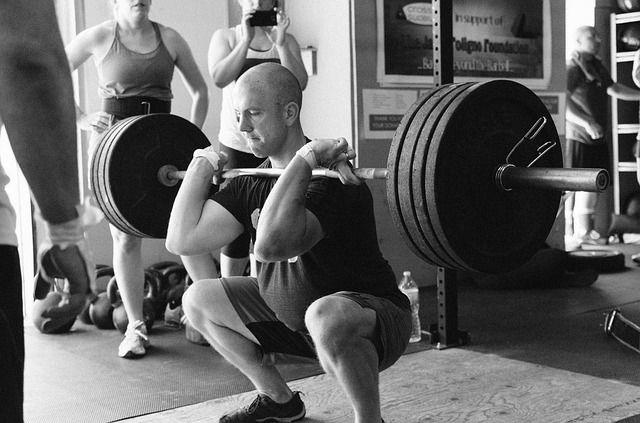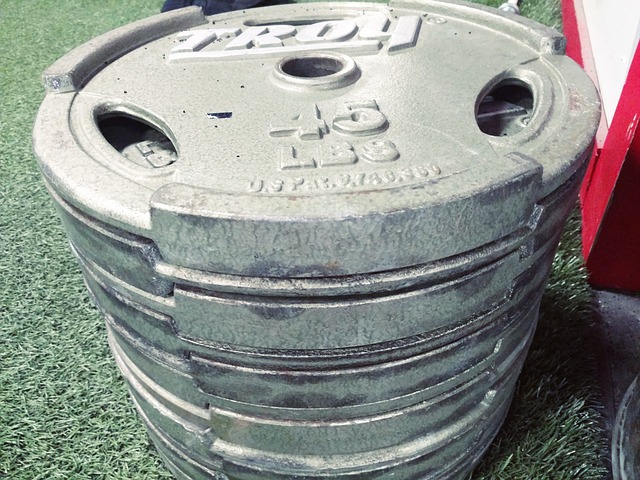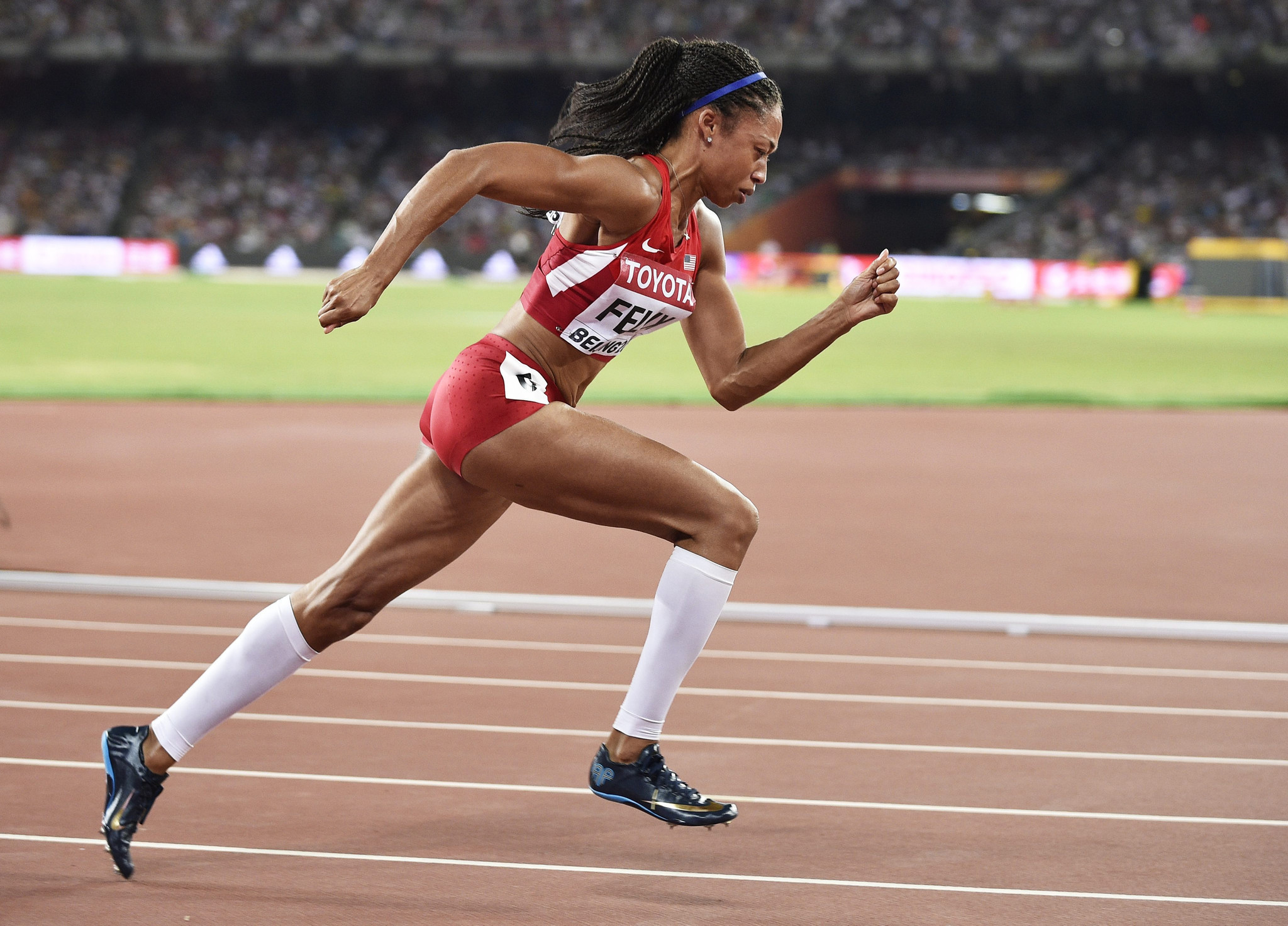
While some people want to get as big as possible, others are interested in training for strength and not size.
In fact, it’s possible to be stronger than these bulky bodybuilders without also being their size – take Olympic lifters for example.
They have a strict weight class, and the focus of their training is on improving their power to weight ratio. That is, how strong they are relative to their bodyweight.

There are many reasons you might want to avoid getting bulky: you think it looks nicer, you don’t want to buy a whole new wardrobe, or your priorities lie in being functionally strong rather than just looking strong.
Below I’ve outlined some simple training tips to help you increase strength without adding size.
How To Get Stronger, Not Bigger
1. Go Heavy
When someone lifts weights for the first time, their initial gains in strength don’t come with any increase in muscle mass. A lot of these “beginner gains” come from improved motor unit recruitment. In short, it takes a co-ordinated effort to get your muscle fibres to fully activate in a synchronised manner, even for a simple movement like a bicep curl. This is purely because however simple the move, you haven’t practised it before with a high amount of resistance.
Once you go to the gym regularly, the best way to recruit a greater percentage of motor units is to lift heavy. Now heavy is a relative term, and specifically it means 85% or more of your 1RM (one rep max). If the most you could Bench Press for a single effort is 100kg, then training with 85-100kg will keep you in this top range for improved motor unit recruitment without extra size.

2. Work With Lower Reps
This is another way of saying “Go Heavy”, as the average person will only be able to lift 85% of their 1RM for 5-6 reps. Working with weights you can lift for 1-5 reps ensures that you are working in this maximal strength zone and minimising bulk.
This is contrary to what a lot of casual gym-goers (particularly female) will do. They believe “toning” without size involves reps of 12-15 at a lower weight, which is actually what some bodybuilders do if they want to increase mass.
3. Take a longer rest
You should find that if you want to be able to repeat the same number of reps (1-5) in the following set, you will need a few minutes of rest. If you feel ready to go after 60 seconds, chances are the weight is not heavy enough. In order to produce the same intensity as the previous set, you need a longer recovery. Give yourself at least 3 minutes rest between sets, and sometimes as much as five minutes if you are working with your one rep max.

4. Recruit Your Fast-Twitch Muscles
Explosive movements will recruit your fast-twitch muscles (as does heavy strength training), which can lead to performance gains without adding muscle mass. It’s important to work on your technique when incorporating exercises like Box Jumps, Hurdle Hops or Bounding into your routine. These are called Plyometric exercises, and should ideally be done when fresh (before heavy lifting).
One alternative strategy is complex training, which involves a heavy lifting exercise and an explosive exercise paired together. If you are new to this I would recommend a full recovery prior to the explosive action, but more advanced trainees can do the explosive move directly after the heavy set of 1-5 reps.
Here are three examples:
Back Squats followed by Depth Jumps
Deadlift followed by Box Jumps
Bench Press followed by Clap Push-ups
5. Focus On Weaknesses
As you work towards maximal effort, you will find that your technique will break down due to the weakest component. This could be a neglected muscle group, lack of flexibility, or low work capacity. Ensure you stay on top of your recovery methods, include a dynamic warm up and static warm down, as well as adequate nutrition to fuel the workout. Remember power and strength training rely on glucose, so performance will be severely hampered if you don’t take on enough carbohydrates in your diet.
6. Quality Over Quantity
When you start working in the lower rep ranges, your total volume (number of reps per session) will come down. That means that each rep you perform becomes all the more important. Including a thorough warm up and perhaps some pre-workout caffeine will drive that extra 1-2% of improvement which makes all the difference to strength and power. These are not sets where you can “go through the motions” and expect results.

American Sprinter Allyson Felix increased her Deadlift from 70kg to 140kg while only putting on 2lbs (!) of muscle. Look to how sprinters, gymnasts and weight class athletes train to see how serious strength gains can come without noticeable gains in size.
Thanks for reading, best of luck with your strength training.

